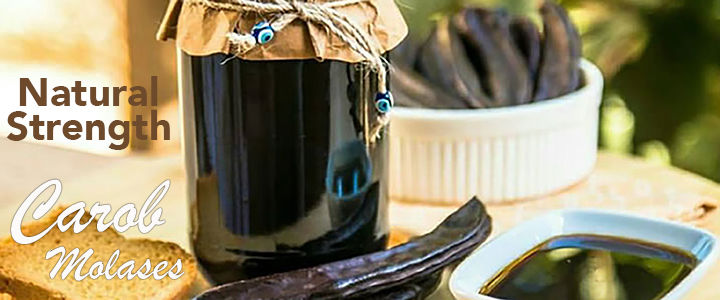English
You have no items in your shopping cart.
Products tagged with 'honey'
BALPARMAK Pine Honey 370g
With an exquisite taste and pleasant aroma all its own, Pine Forest Honey will carry back you to the pine forests of the Aegean. Blended with great care, this honey is guaranteed by experts to be of unparalleled Balparmak quality. The journey of Pine Forest Honey to your plate begins with the Marchelina Hellenica insect that inhabits the pine trees of the Aegean. This insect deposits a sugary liquid that it cannot digest on pine trees. Honeybees gather this up and process it with enzymes secreted from their bodies. Any connoisseur of flavor must get a taste of pine honey, 90% of which is produced in Turkey’s Aegean Region. You are welcome to add this delicious 20 g Balparmak Pine Honey into your life!
$16.99
BELEVINI Acacia Raw Honey 500g
Acacia honey is a completely organic honey obtained from the acacia flower. This honey is characterized by having a very light color, almost transparent and a very light texture; with a very neutral floral aroma. Also, it does not usually crystallize. As for its flavor, it lacks too many nuances, being rather a neutral and smooth flavor. It is precisely its mild flavor, the reason why acacia honey is used as a natural sweetener in many cases.
$17.99
BELEVINI Linden Raw Honey 400g
Raw Linden Honey is a Mono-floral Honey. The Linden or Lyme Blossom tree called in many civilisations as the tree of life. This honey is one of the best, a unique taste, fragrant and spiced. The colour is from yellow to light brown.
$14.99
BELEVINI Polyfloral Raw Honey 400g
Polyfloral honey, also known as wildflower honey varieties are produced by honey bees using the nectar from many different flower species. Such honeys do not display the pure characteristics of any of their production level nectar sources. ... Each wildflower hive is producing a honey that has no equivalent.
$14.99
BELEVINI Premium Raw Honey Set (Acacia – 14.1oz, Linden- 14.1oz, Polyfloral-14.1oz)
Acacia honey, also known as locust honey, is derived from the nectar of the Robinia pseudoacacia flower. It has a light, almost transparent color and stays liquid for longer, prolonging its shelf life. Acacia honey may aid wound healing, improve acne, and offer additional benefits due to its powerful antioxidants. Linden honey is a monofloral honey that’s produced in North America, the U.K., other parts of Europe, and in Asia. The common denominator is the Tilia genus of trees – and there are thirty species within that genus. In North America, most of the trees that produce the honey are Tilia americana. Some who notice this tree during the most humid part of the summer call it the “bee tree” because it produces so much nectar at this time and bees are extremely drawn to it. Polyfloral honeys, also known as wildflower honey varieties are produced by honey bees using the nectar from many different flower species. Such honeys do not display the pure characteristics of any of their production level nectar sources. Each wildflower hive is producing a honey that has no equivalent.
$44.99
DARBO Pure Acacia Honey 500g
Acacia honey, also known as locust honey, is derived from the nectar of the Robinia pseudoacacia flower. It has a light, almost transparent color and stays liquid for longer, prolonging its shelf life. Acacia honey may aid wound healing, improve acne, and offer additional benefits due to its powerful antioxidants.
$16.99
.gif)












































.jpeg)